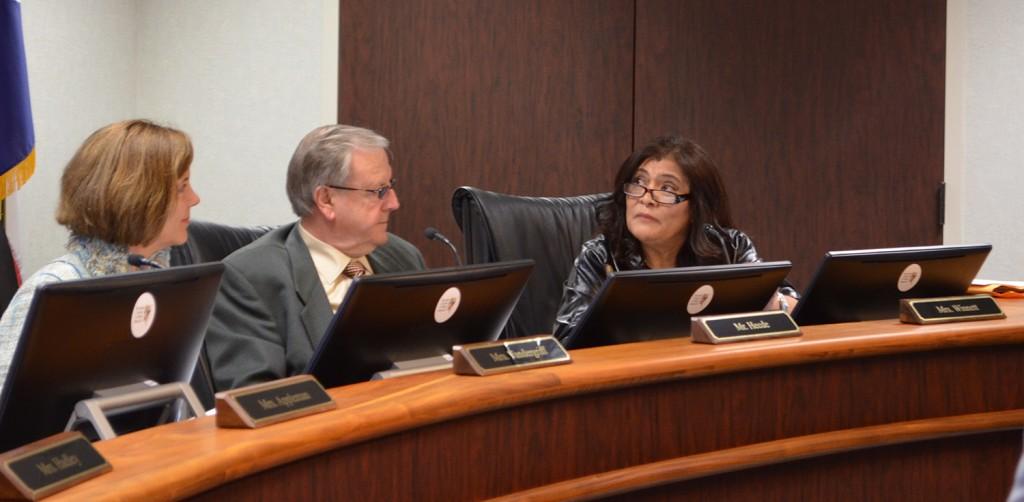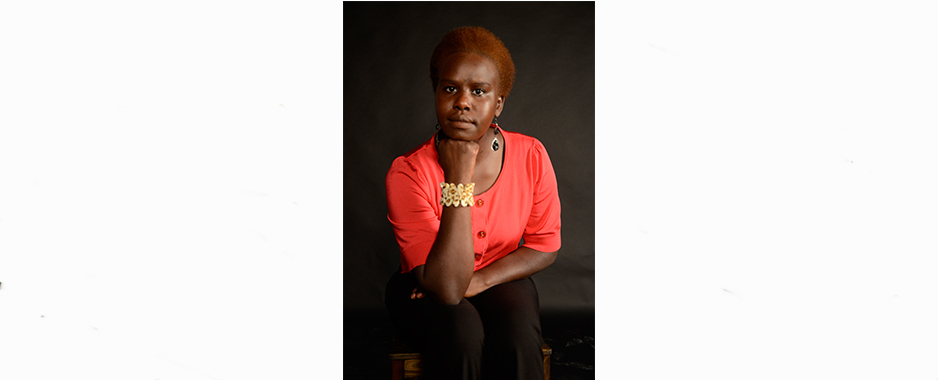By Brendon James/reporter
Early childhood teachers came together to learn how to incorporate learning with children of different cultures and ethnicities April 12 on NE Campus.
Stephanie Allen-Adams, a training consultant specializing in early childhood special education, spoke to day-care teachers about learning to accept people despite their race and ethnicity.
Adams said she loves music and introduced herself by singing, clapping her hands and stomping her feet.
“My name is Stephanie,” she says. “I am somebody. My name is Stephanie. I am. I am.”
All audience members then introduced themselves while clapping their hands and stomping their feet.
Next, all participants opened up envelopes each received before the event and greeted people according to the directions inside the envelope. Greetings included hugging, rubbing noses, sticking the tongue out and fist pumping, representing ways different cultures greet people.
“Because we are a diverse society, it’s important to be respectful of each other because we are different,” Adams said.
During a discussion of the meaning of diversity, audience members suggested abilities, language, cultural, gender, age and sexual orientation.
When asked what family means, a couple of people said they consider their dog as family and another individual said she considers her co-workers as family. Others said being a part of a family is not just blood-related but unconditional and being accepted.
Change begins with attitude, Adams said. If people change their attitudes, they can change their behavior. For example, if teachers have negative feelings about individuals who are lesbian/gay, they may have negative feelings about a child with two mothers or two fathers. Or if anti-Muslim, they may harbor ill-feelings toward a child from a Muslim family.
“It is important for us to check our attitudes and feelings when working with diverse families,” she said.
People tend to judge on things based on sight, Adams said. People fall in love, judge a book by its cover or make assumptions about people based on their appearance, such as if a person has red hair, that person has a bad temper, a tall person plays basketball, or a pair of twins are the same in every way. Adams said teachers should not judge and make assumptions because of what they see.
“I want to open the audiences’ minds and ask questions about someone instead of making their assumptions,” she said.
Diversity exists within any cultural group, and not everyone from the same culture behaves and thinks in the same way, Adams said. Differences within the same cultural group can occur because of the subcultures or subgroups the person belongs to, the person’s unique experience and personal or individual factors.
“It’s important to know that there are cultural differences and that we must be competent in knowing how to maneuver around those differences,” she said.
Much of human knowledge is rooted in one’s culture, Adams said. Much of what people know comes from family and society, and much of children’s behavior is grounded in family expectations.
Children grow and develop within the context of their families and their family’s culture, Adams said. Therefore, teachers should not make assumptions based on what they see or hear and try to acknowledge and respect everyone’s differences.


























